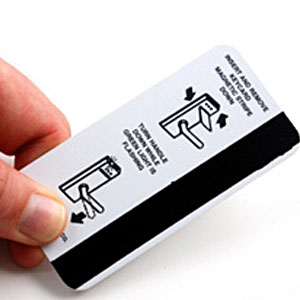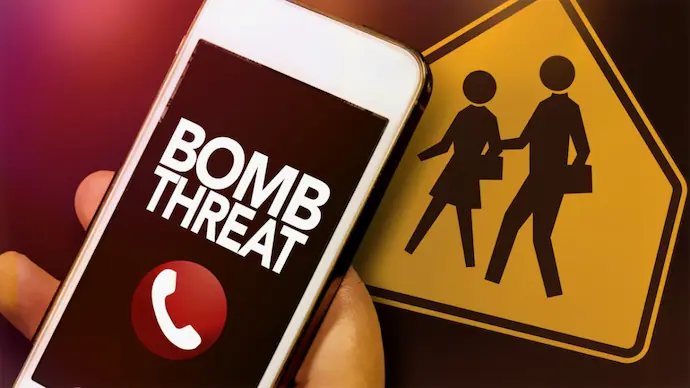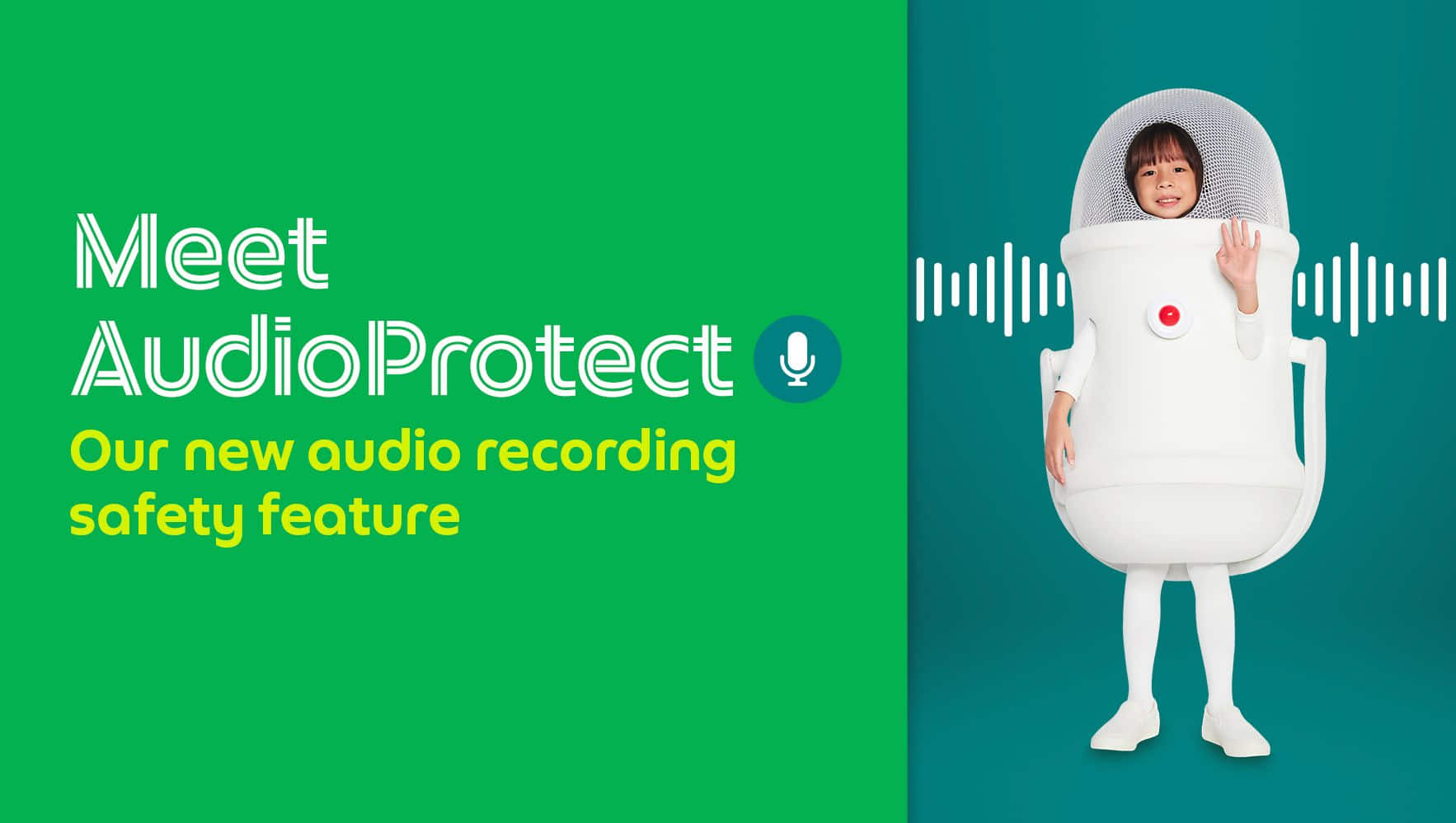Some hotel rooms still use old keyholes with metal keys albeit only for ambiance and nostalgia and not for privacy (key holes of skeleton keys merely serve as peeping holes) and security purposes.
Hotels said goodbye to old metal keys because one, they were easily duplicated—just like in movies where bar soaps were used as duplicating tools; and two, metal keys issued to guests were not recorded although handover or name of user could be listed on logbooks.
In the 1970s, when the number of rooms (and doors to lock) started to increase, hotel lock suppliers were forced to introduce the mechanical card locks. This ushered in the era of the keycards, which are not considered by purists as keys. Keycards are considered as tokens and part of the access control system.
Mechanical key cards or holecards (plastic cards with holes) are easy to re-key and also easy to copy. This made the re-keying of guestroom door locks and keys easier compared to the old metal key. In addition, a mechanical key does not require power supply to operate. It does not contain any memory retention part and therefore, does not provide an audit trail on its usage.
Then came the digital age when some hotels experimented with bar codes printed onto their plastic cards. Bar codes—the lines of varying widths seen in almost all items in groceries and department stores—are optical illustrations of data. They are either 1D or 2D (however, the 2D design does not have any bars at all). Both 1D and 2D uses the mapping technique called symbology.
Bar code cards are very inexpensive to produce but they have almost no security use to both hotel and guest. They can easily be duplicated by a photocopier and easily read by any optical reader. Even mobile phones have built-in barcode reader software.
The use of barcodes as a means to open guestrooms was short-lived, if not a waste of money. One keycard is still in use even after more than 20 years. This is the magnetic- stripe type or the swipe card. With this type, audit trail is limited because the magnetic stripe stores only the usage info of the keycard and it is only downloadable in special reading machines.
However, security concerns question the integrity of the magnetic key card in the advent of credit card cloning and copying. Notions made it appear that magnetic-stripe keycard carries the same personal information in credit cards. Even security specialists speculated that hotel staff master keycards can also be cloned, assuming that these cards contain encrypted valuable information. Why would hotels store data in disposable plastic card or for one-time use? Purely fiction but still warrants looking into.
This perception compelled the hotel industry to consider other modern access-control technologies like biometrics, radio frequency identification (RFID) or proximity cards. These are the no-swipe access tokens. Biometrics technology includes fingerprint reading, palm scanning (imagine calling this as palm reading), and iris-scan technology.
Some find biometrics impractical and more risky, if not time-consuming, to register. Would you bother to register your fingerprint for an overnight stay? Even long-staying guests would think twice.
The RFID, on the other hand, is getting some headway in Europe and the United States. Convenience to guest is the prime consideration here because no physical contact is needed to enter or unlock the door.
The question is, what technology is best for the climate and environment of the Philippines? Is it cost-effective to centralize the control of all guest floor doors?
Modern and new hotels, sprouting everywhere in the country, may consider the best technology to use. RFID could be one option. RFID cards do not demagnetize, unlike the magnetic- striped keycards that occasionally are erased when placed near items with magnets such as mobile phones.
New hotels are using smart cards or integrated circuits cards. These are credit card-size plastic with golden circuit design that looks like a SIM card. Actually, SIM cards are also smart cards.
Tourists now have multiple options or experience in accessing their rooms. They may insert or swipe their magnetic-stripe or smart cards, flash their RFID/prox card, or use their finger or palm to unlock doors.
In our next issue, we will present the security pros and cons of the different access control systems Philippine hotels use. •






